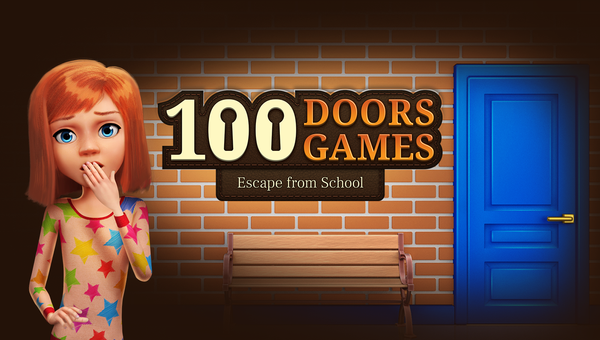


The prize is behind one of the other two doors. You pick the incorrect door by random chance.The following sequence is totally deterministic when you choose the wrong door.

The probability that your initial door choice is wrong is 0.66. That’s how the process is neither random nor has constant probabilities. The end result is that the door he doesn’t show you, and lets you switch to, has a higher probability of containing the prize. Monty very carefully opens only a door that does not contain the prize. However, Monty is constrained because he doesn’t want to reveal the prize. If he chose the door using a random process, he’d do something like flip a coin. When it’s time for him to open a door, there are two doors he can open. It’s easiest to understand if you think about it from Monty’s point-of-view. The process stops being random when Monty Hall uses his insider knowledge about the prize’s location. The “Don’t Switch” column in the table verifies this by showing you’ll win 33% of the time if you stick with your initial random choice. When you pick one of the three doors, you truly have a 0.33 probability of picking the correct door. The only random portion of the process is your first choice. Related post: How Probability Theory Can Help You Find More Four-Leaf Clovers How the Monty Hall Problem Violates the Randomness Assumption Unfortunately, the Monty Hall problem does not satisfy either requirement. However, for this method to produce the correct answer, the process you are studying must be random and have probabilities that do not change. That’s why it feels so right that the final two doors each have a probability of 0.5. The probability of a heads is 0.5 and we obtain that simply by dividing the specific outcome by the total number of outcomes. Typically, we think of probabilities for independent, random events. Our brains are using incorrect statistical assumptions for this problem and that’s why we can’t trust our answer. To understand the solution, you first need to understand why your brain is screaming the incorrect solution that it is 50/50. The tough part is to understand why this happens! I hope this empirical illustration convinces you that the probability of winning doubles when you switch doors. Why the Monty Hall Solution Hurts Your Brain The final row shows the total wins and it confirms that you win twice as often when you take up Monty on his offer to switch doors. We just need to count up the number of wins for each door strategy. The table shows all of the potential situations. If you switch from door 1 to door 2, you win. Monty can only open door 3 because otherwise he reveals the prize behind door 2.

For this scenario, if you switch you lose or, if you stick with your original choice, you win.įor the second row, you pick door 1 and the prize is behind door 2.
100 DOORS CHALLENGE LEVEL 45 EXPLAINED FREE
Because neither closed door has the prize, Monty is free to open either and the result is the same. The first row shows the scenario where you pick door 1 initially and the prize is behind door 1. Each row shows a different combination of initial door choice, where the prize is located, and the outcomes for when you “Don’t Switch” and “Switch.” Keep in mind that if your initial choice is incorrect, Monty will open the remaining door that does not have the prize. Here’s how you read the table of outcomes for the Monty Hall problem. Therefore, I can just show them all to you and we calculate the percentage for each outcome. It turns out that there are only nine different combinations of choices and outcomes. It’ll probably be hard for me to illustrate the truth of this solution, right? That turns out to be the easy part.


 0 kommentar(er)
0 kommentar(er)
